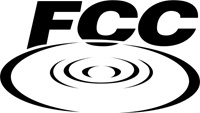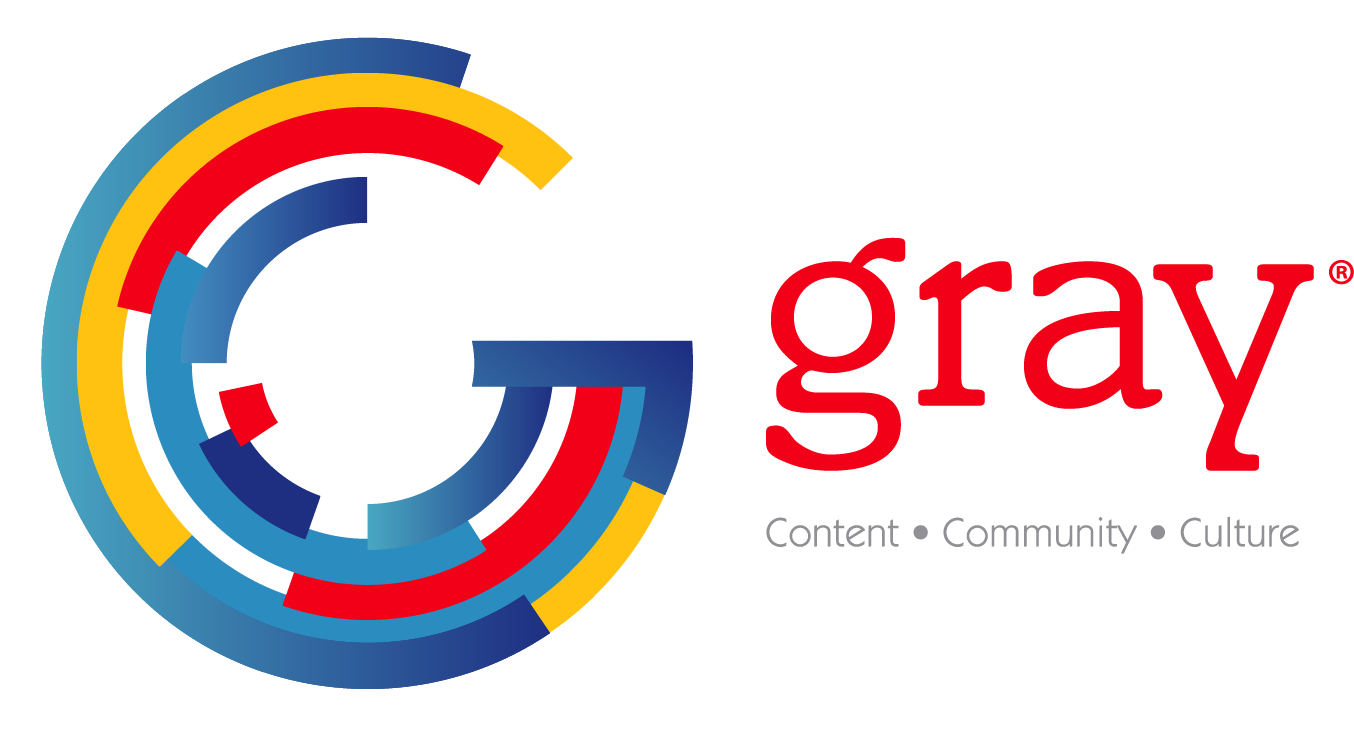Samsung split on white spaces debate

The white spaces frequency allocation issue continues to evolve. While the initial conflict in the FCC’s push to redefine the U.S. spectrum has been between legacy devices like wireless microphones and future technologies like mobile broadband Internet devices, the debate has evolved to embrace concerns about reception of DTV broadcast signals.
Recently, a member of the White Spaces Coalition (WSC), South Korean manufacturer Samsung Electronics, has become a case study in the complexities of the spectrum allocation issue. The consumer products giant became involved with the coalition as a natural beneficiary of the push for unlicensed devices in the contested spectrum, primarily for mobile Internet access. But ironically, another division of the company has expressed the same concern voiced by the NAB — that such unlicensed use has the potential to interfere with reception of DTV signals.
Both arms of the company are concerned with maximizing returns on their considerable investments and are now aware of the importance of both initiatives being realized without mutual interference. This puts Samsung in the position of both supporting unlicensed use of white spaces and of ensuring that existing users within that spectrum be protected from potential interference.
In the past month, two firms have become involved in the race to produce technology that will ensure proper operation of all devices. Motorola submitted a White Spaces Device (WSD) called the Cognitive Radio Device to the FCC Office of Engineering and Technology for testing. The Motorola device is designed to test for and avoid interference with DTV signals. Meanwhile, a small California company, Adaptrum, has committed to delivering its own devices, again designed to detect even weak DTV signals and avoid using those channels.
Previously, devices submitted by WSC members Philips and Microsoft met with mixed results in FCC testing. The agency is committed to continue testing, although it is unclear whether that commitment is to DTV reception along; legacy wireless systems used by virtually all broadcasters, churches and stage productions; or both.
For more information, visit www.fcc.gov.
The professional video industry's #1 source for news, trends and product and tech information. Sign up below.
